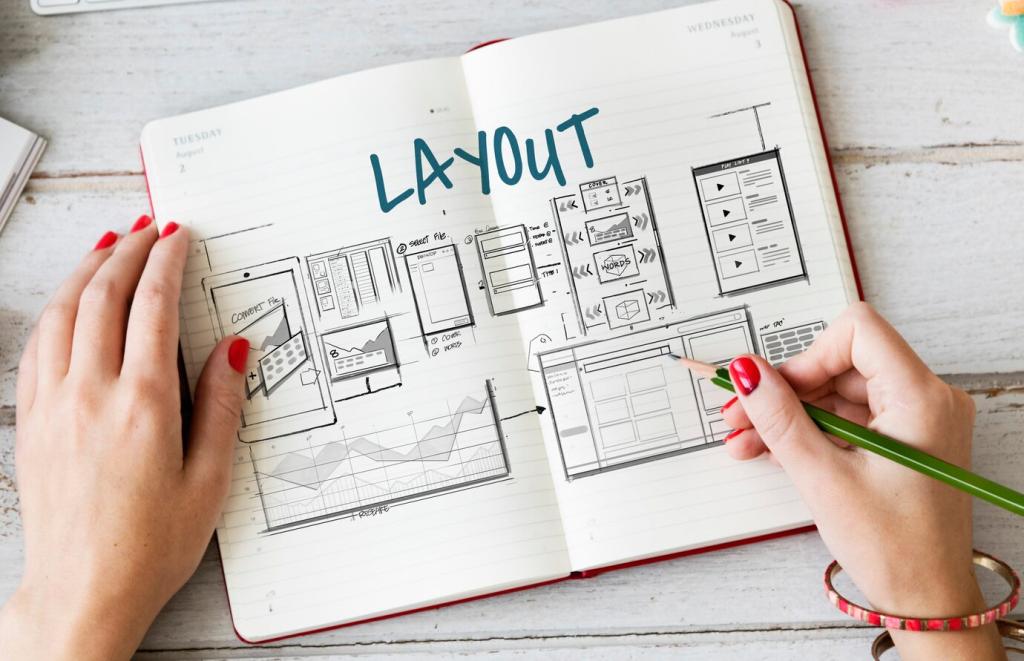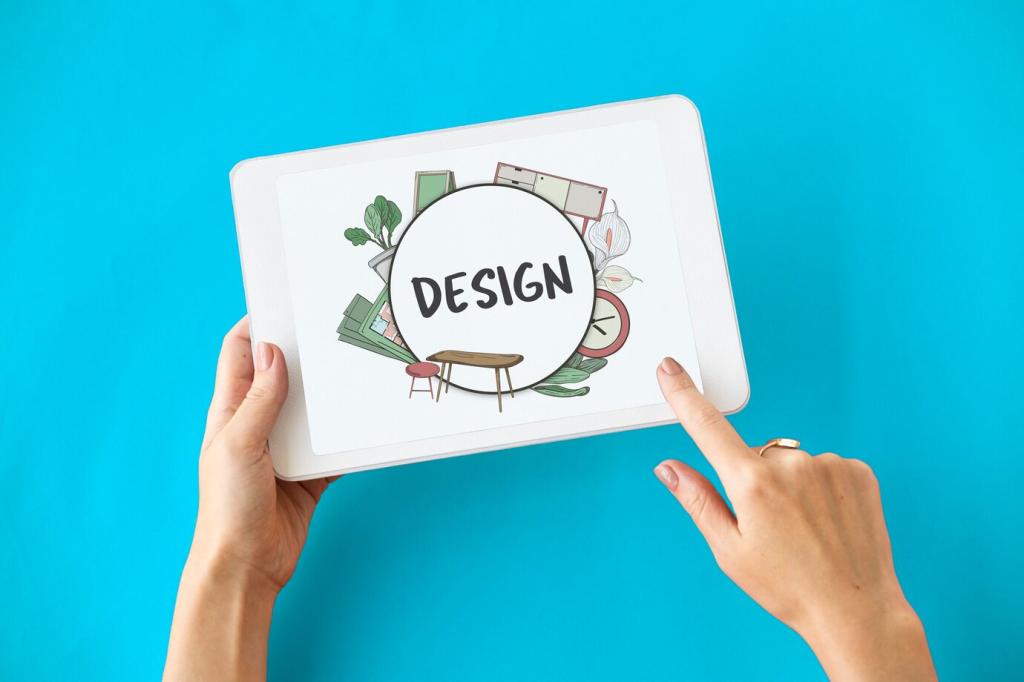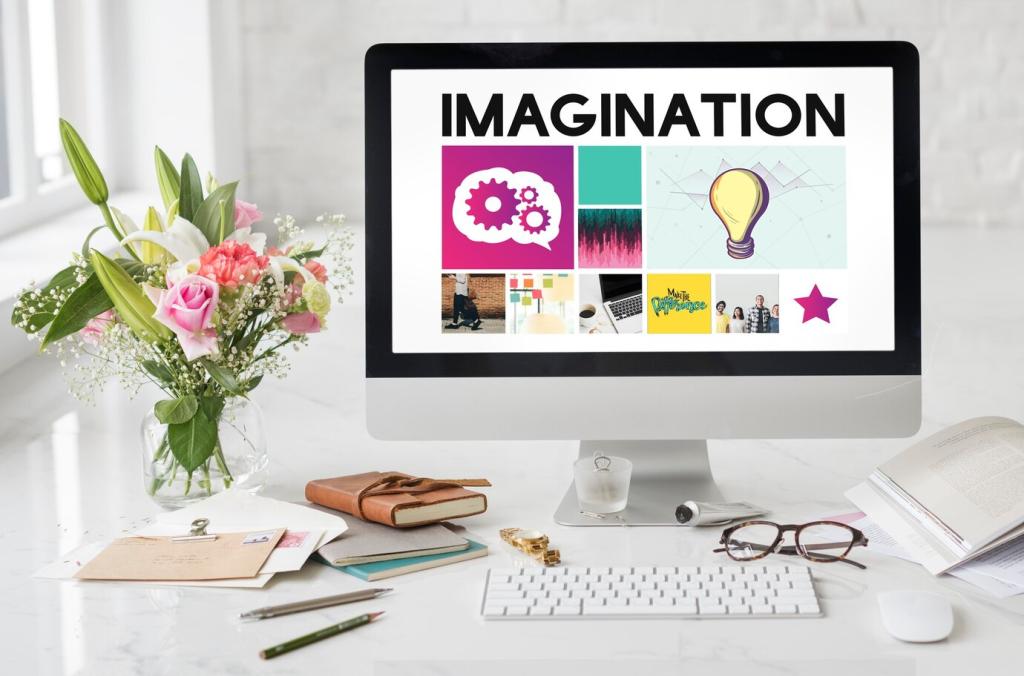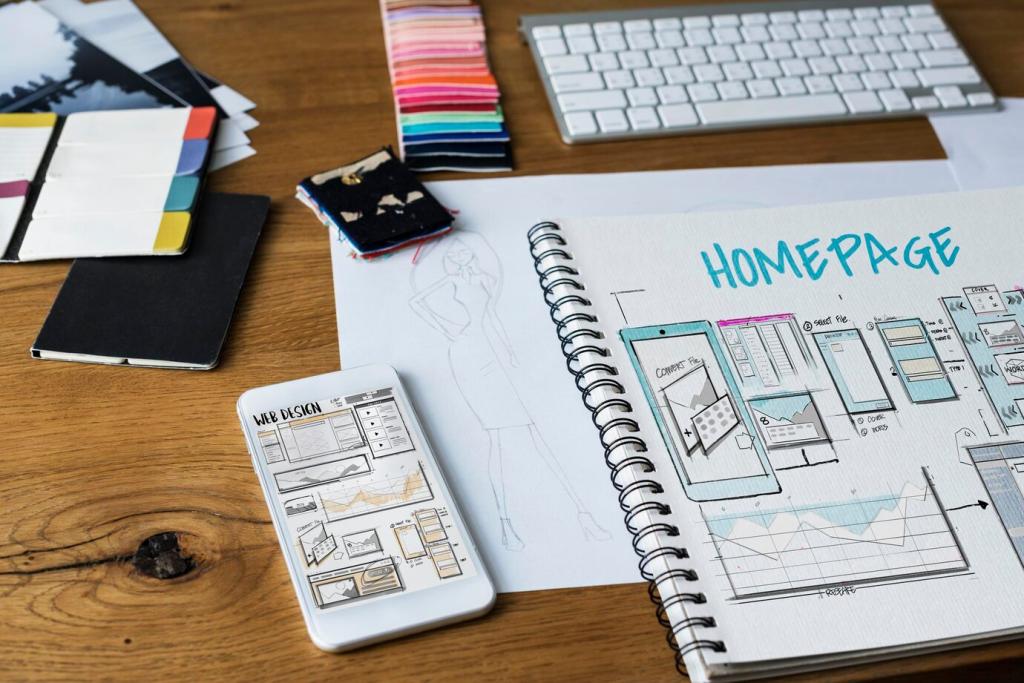Choosing the Right Navigation Pattern
Bottom tabs shine for frequent, mutually exclusive destinations. Top tabs suit swipeable, closely related sections. Discuss how you decide tab count, label length, and iconography without sacrificing accessibility or scannability across different device sizes.
Choosing the Right Navigation Pattern
Drawers hide breadth but risk burying essentials. Use sparingly, with high-value items promoted to primary surfaces. Share your method for prioritizing destinations and preventing feature creep from diluting the navigation’s clarity and discoverability.





